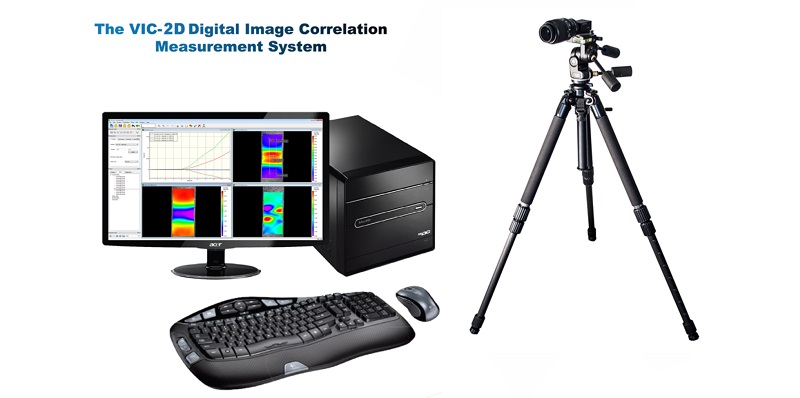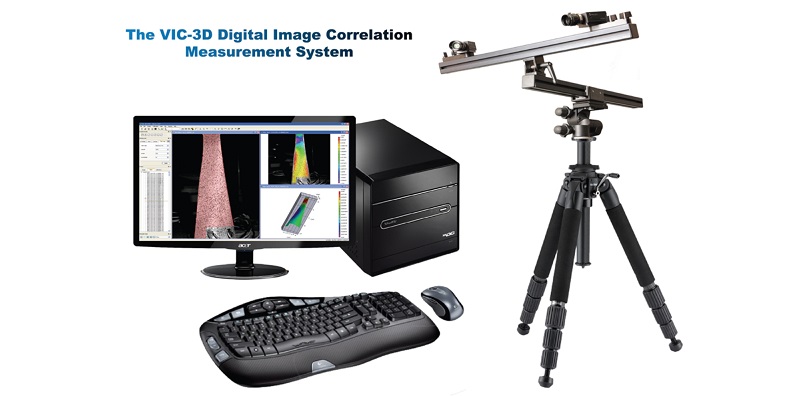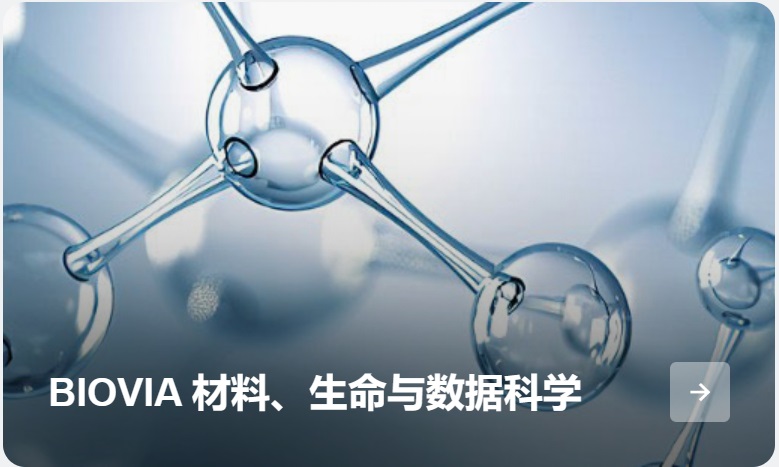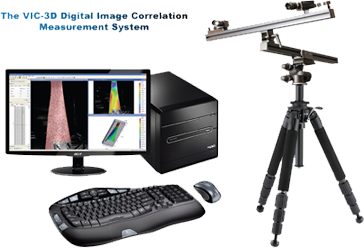真空负压加载的电池组气泡及缺陷检测
Vacuum loading on battery pack
现代锂电池组中的空气夹杂或气泡是一个严重而危险的问题。 isi-sys SE2传感器能够在一秒钟内检测出微小和较大的缺陷,例如气泡,气穴,裂纹等。 缺陷可能远低于表面或接近表面。 电池组的示例(来自慕尼黑大学机械与工业管理学院的测试样品)和测量结果如下所示。
Air inclusion or air pockets in modern Li-battery packs is a serious and dangerous problem. The isi-sys SE2 sensor is able to detect tiny and large defects such as air bubbles, air pockets, cracks and other within a second. The defects can be far below or near to the surface. An example of a battery pack (test sample from University of Munich, IWB) and the measurement result is shown below.
试验设置 Test setup:
该测试是SE2传感器结合玻璃真空室通过简单的手动操作完成。 对于现场的无损检测,通过手动形式操作是个经济有效的解决方案。 但对于生产中的自动化系列测试,则需要不同的设置方式。
The test has been done by SE2 sensor in combination with a glass vacuum chamber for a simple manual test. This is an economic solution for spot NDT by manual service. For automated series test in production different setups are required.
测试流程 Test pocedure:
电池组通过几毫巴的小压差即可进行测试,只需在真空室中几秒钟或更短的时间施加压力即可。传感器在改变压力的同时监测电池组的表面,以测量表面的差异变形。 由于气泡和气穴的膨胀,可以如下图所示定位其中空气夹杂。
The battery packs are tested by small pressure differences of some mbar, which can be applied in seconds or below in small chambers. The sensor is monitoring the surface of the battery pack while the pressure is changed, measuring the differential deformation of the surface. Due to the expansion of the air bubbles and air pockets, the air inclusions can be located such as shown in the following images.
第一张图片显示了传感器的电池组的实时视图。 第二个图显示了Shearography重构阶段所对应于局部变形梯度分布。
The first image shows the live view of the battery pack from the sensor. The second shows the recontructed phase, which is corresponding to the local deformation gradient.
通常,所需的真空压差取决于缺陷的深度、缺陷的大小以及被测结构的机械刚度,但由于传感器检测表面变形差异的灵敏度很高,因此实际所需负压很小。
Generally the required pressure difference depends on the defect depth, defect size an the mechanical stiffness of the tested structure, but in general the load is small due to the high sensitivity of the sensor detecting differential deformations of the surface.

















